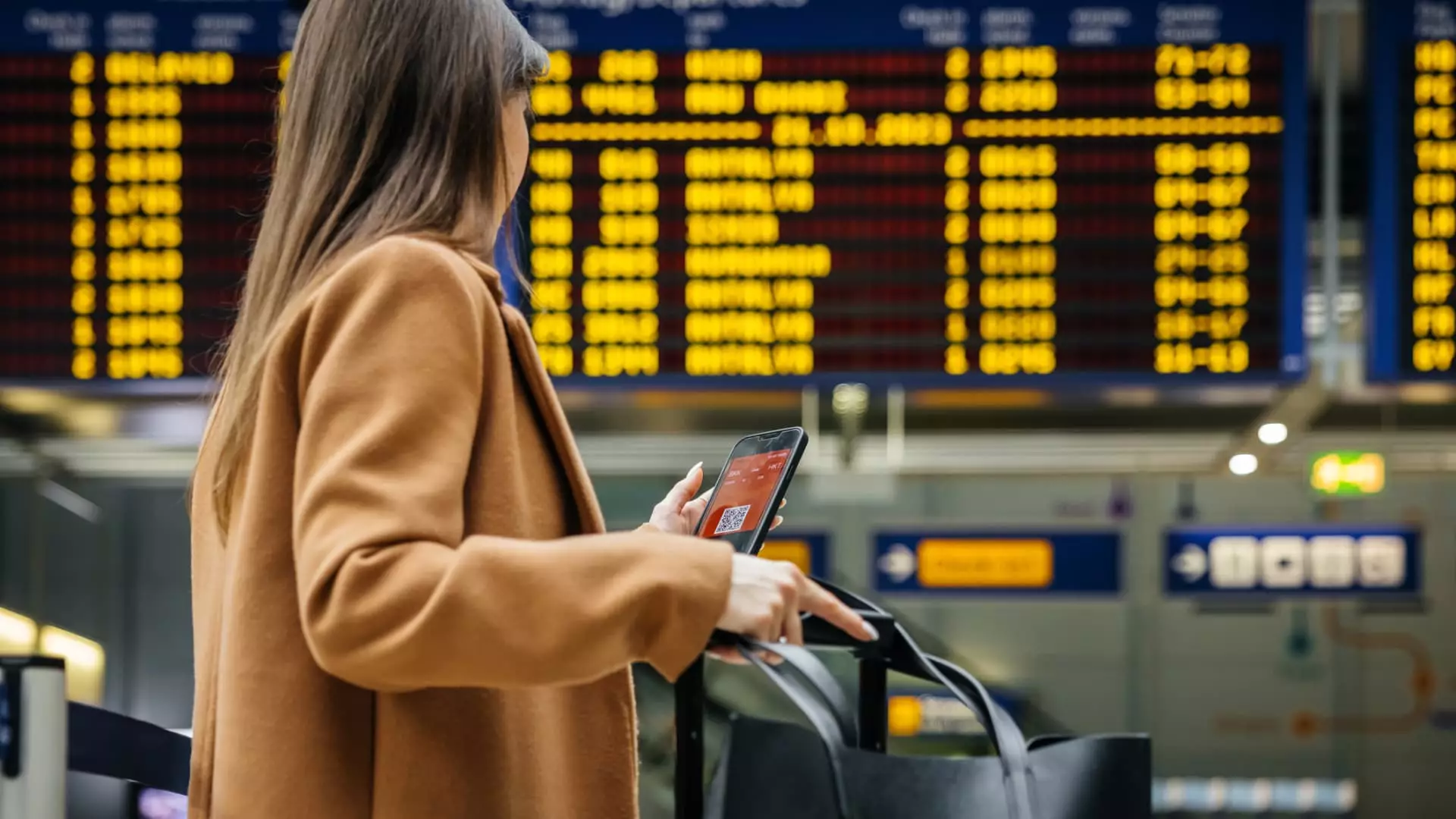Travel spending among American households has shown a significant increase post-pandemic, with international trips being a key contributor to this trend. According to economists Taylor Bowley and Joe Wadford from the Bank of America Institute, travel spending remains much higher than pre-pandemic levels, with a 10.6% increase per household. This surge in spending is supported by a growing interest in vacationing abroad, as highlighted by data from Bank of America credit and debit card transactions.
International travel has seen a notable uptick in demand, with approximately 17% of Americans expressing their intention to travel abroad in the next six months. This is a significant increase from previous years, signaling a shift towards more international vacations. The easing of Covid-19 related travel restrictions and a decrease in airfare prices have contributed to this surge in international travel demand.
While Europe remains a popular destination for American tourists, with lower airfare prices driving increased demand, spending in other regions like Asia has also experienced growth. The advantageous exchange rates in certain regions have played a role in attracting American travelers. Despite the rise in international travel, a majority of Americans still choose to vacation domestically, with about 68% of trips starting within the United States.
Higher-income households, earning above $125,000 a year, seem to be leading the trend of international travel spending. Luxury accommodations have seen higher demand compared to standard offerings, suggesting that affluent travelers are more resilient and willing to splurge on travel experiences. In contrast, cost-constrained travelers are cautious due to a spike in inflation but are adapting their travel behavior by choosing off-peak periods or planning trips in advance.
Overall, the increase in travel spending among American households post-pandemic reflects a growing interest in international travel and a willingness to explore beyond domestic borders. While economic factors and changing consumer behavior play a role in shaping travel preferences, the trend towards international vacations indicates a changing landscape in the travel industry. As travel restrictions continue to ease and airfare prices remain competitive, the momentum in international travel demand is expected to persist in the coming months.

